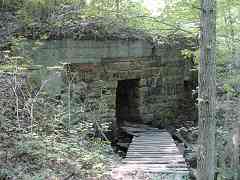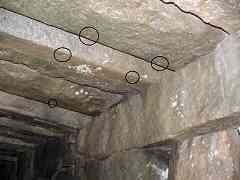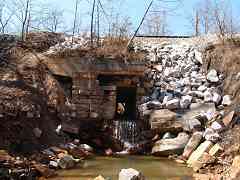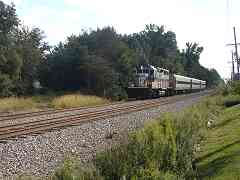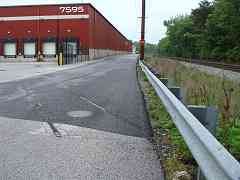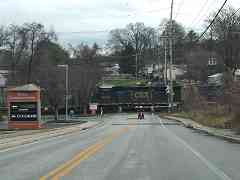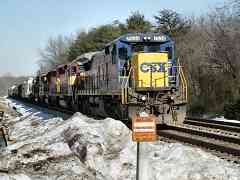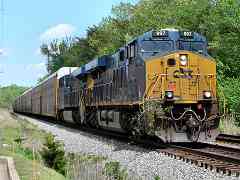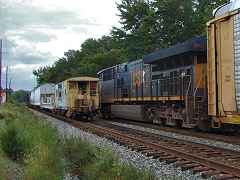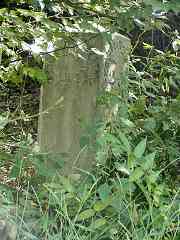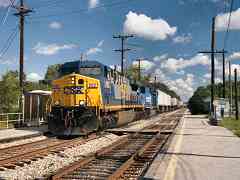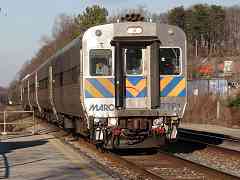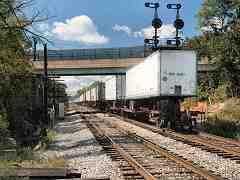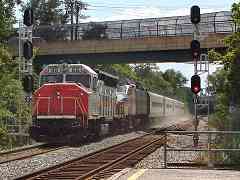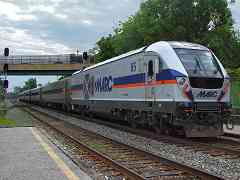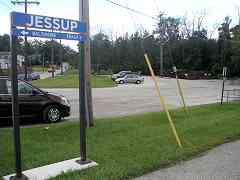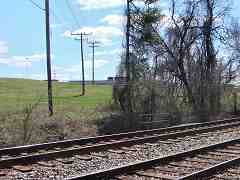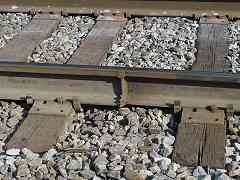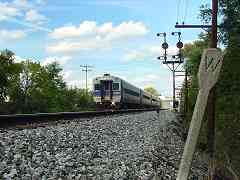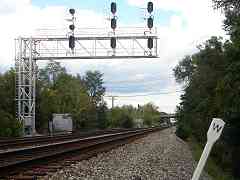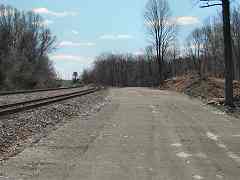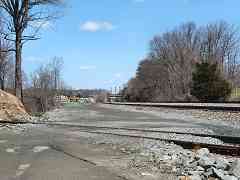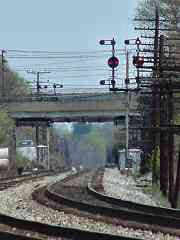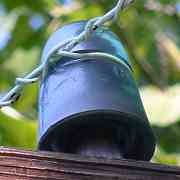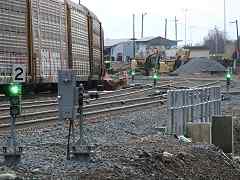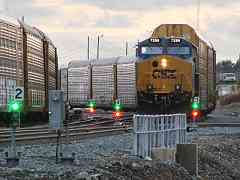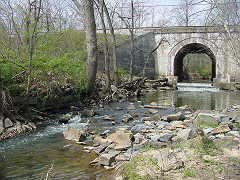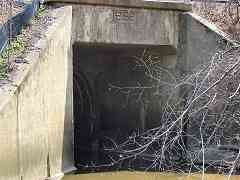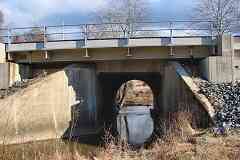|
A little-known fact is during the 1880s B&O had its own telegraph company
with wires that extended from Boston, Massachusetts to Galveston, Texas. Its
slogan was "New Lines, Low Rates". B&O sold the company during 1887 to
Western Union who continued to transmit telegrams until January 27, 2006.
Before the 2000s when CSX removed the disused utility poles lining
their routes in the region, insulators by the thousands still adorned
the tired poles. The Old Main Line was fitted with a high percentage
of plastic insulators, but along the Washington Branch collector-favored
glass insulators survived in an array of styles and colors.
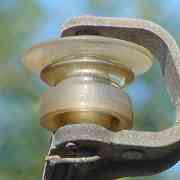
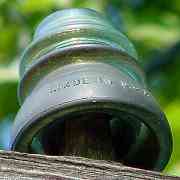
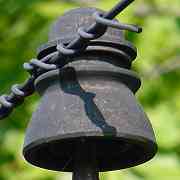
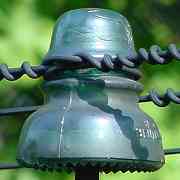
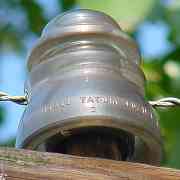
Many people collect insulators and therefore know them much better than
me. Trackside I saw fewer of the one at top than the others. Collectors
prize insulators of certain colors and manufacturers. Some of those illustrated
were made by Hemingray, perhaps the one at top by Brookfield. If anyone
cares to ID those here I'll be happy to add the details.
Links:
B&O telegram,
insulator photos,
insulator list
| 